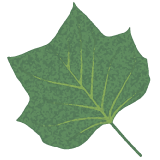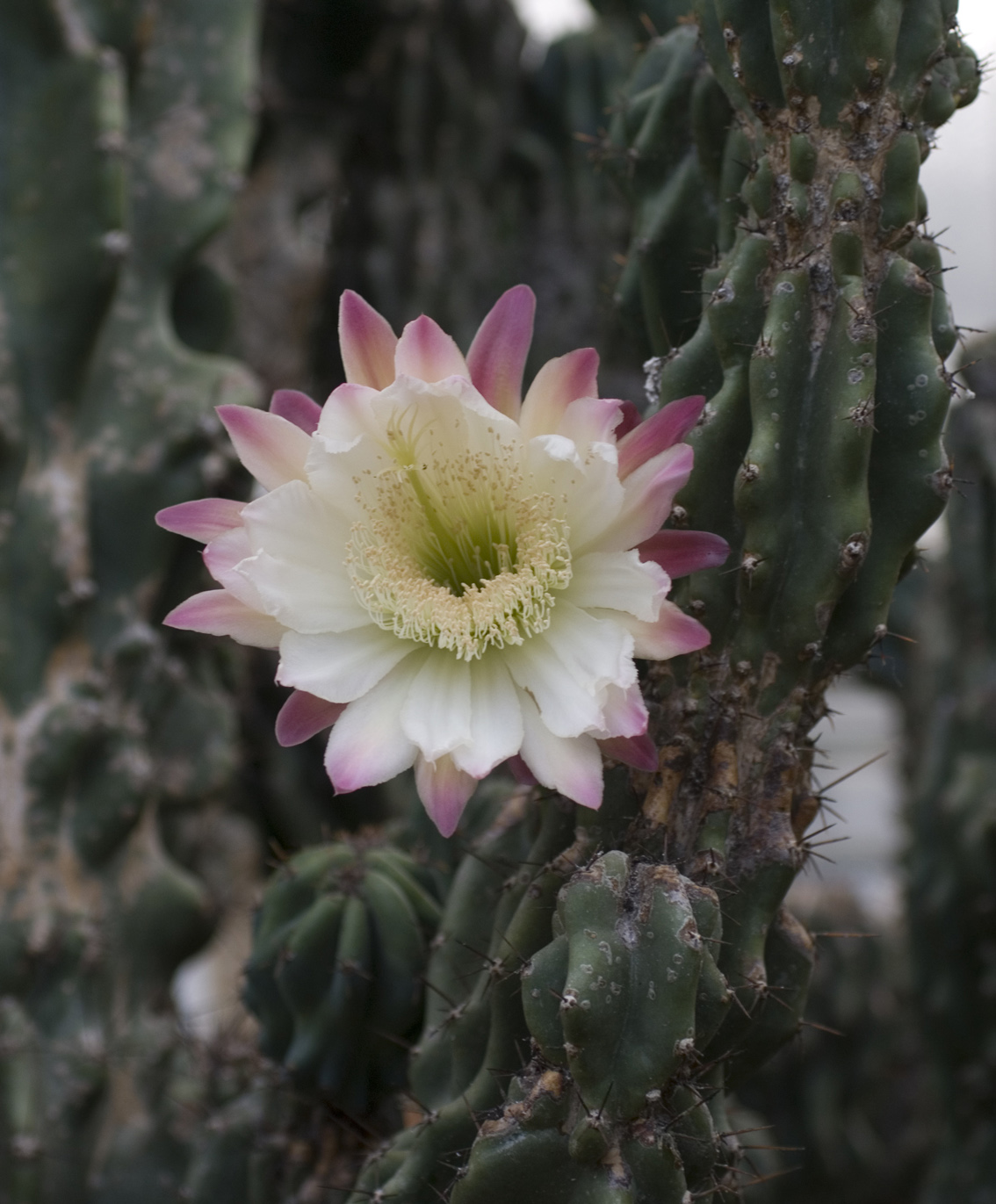 The botanical collection in the greenhouses
The botanical collection in the greenhouses
The botanical collection in the greenhouses encompasses at the moment around 1100 species. These species originally stem from the tropics and subtropics, some from the Mediterranean.
The collection serves the teaching and research and shows species of differing systematic position: ferns, orchids, bromelias and tillandsias. Further there are special collection like the begonia-collection.
The adaptation of plants to differing ecosystems is shown by cacti and other succulent plants (examples for dryness), but also epiphytes (plants mounted on others) and swamp- and aquatic plants (examples for wet locations).
Following aspects are important for the collection:
Morphological adaptations of plants:
Plants within systematic groups show adaptations to the different habitats, these differing adaptations are shown.
Habitats and vegetation types:
Plants of differing groups occur in similar habitats – the display of chosen (for students difficult to reach) habitats and vegetation types is very important for the understanding (e.g. tropical forests, deserts and dry areas).
Diversity within plant groups:
For the transfer of knowledge about the organismic diversity demonstration material is of utmost importance. The diversity of species within plant groups can best be demonstrated and transferred by respective demonstration material.
Specific life forms:
Specific life forms (carnivory, succulence and tolerance to salt etc.) have to be explained with living demonstration material. Here again are morphological adaptations within and between different groups important for the transfer. Connected with this is the combination of morphology and function of the respective adaptations, which can only be understood in the given environment.
Above all that the collection also serves the conservation of biological diversity (in the sense of the UN-convention for the conservation of biological diversity CBD), especially then, when the habitats of the species disappear in the country of their origin.


